Discovering the Six Senses Rome with Patricia Urquiola
The acclaimed Spanish architect tells us how the luxury hospitality brand’s first urban resort was born

Many hotels strive to develop an environment that feels like home. And yet, something different happens with the Six Senses Rome. Guests feel elsewhere, far away, on vacation. This counters the fact that it’s the luxury hospitality brand’s first urban resort—the only one that is not an exotic place like Ibiza, the Maldives, the Red Sea or Fiji, but in the heart of a city. It couldn’t be more centrally located, as the Colosseum, Trevi Fountain and Forums are just a few minutes walk away. But it couldn’t be farther away from the idea of a city, as silence, relaxation and well-being reign throughout this Six Senses, as they do at all their other resorts.
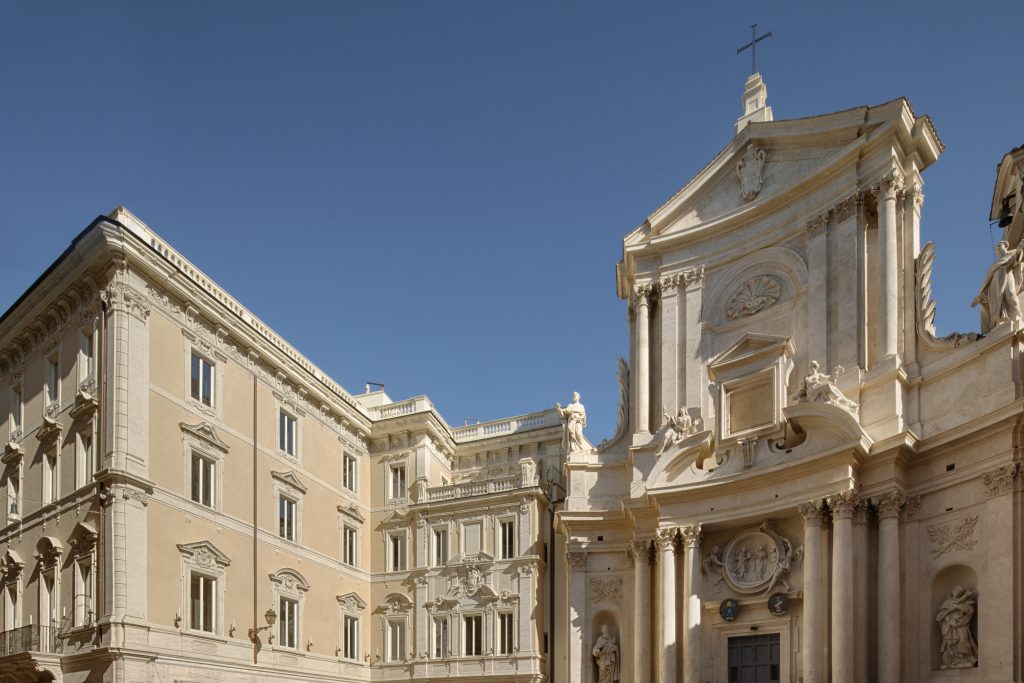
The hotel opened in early 2023, and designer Patricia Urquiola was entrusted with the renovation project. The location is the majestic Palazzo Salviati Cesi Mellini, built in 1480 and constantly modified in the following centuries. It has housed private residencies, a cinema and, in the 1970s, became a bank designed by architect Ludovico Quaroni.
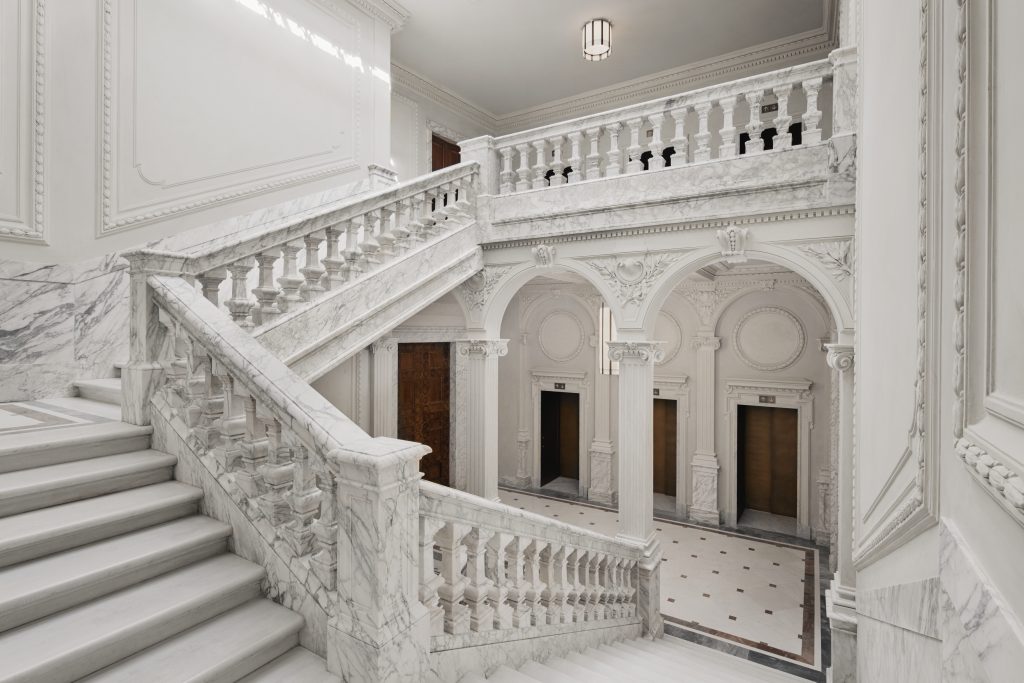
We spoke with Urquiola about the path she took to get there. “It was supposed to be a kind of oasis, a place to unite human and nature. It’s a formula that Six Senses is investigating, starting with resorts, but they don’t know how to approach it in an urban dimension yet,” she says. Starting in Rome was not an obvious choice, especially as it is a layered, busy and often chaotic urban center. Urquiola confirms that, “Rome is very complex, but this building also has its own complexity; it’s like a Rome within Rome. I tried to work with the pure forms and volumes of Quaroni and older elements. We recovered the 16th-century staircases and restored Quaroni’s spectacular circular staircase. We enhanced a coherence that the building already possessed.”
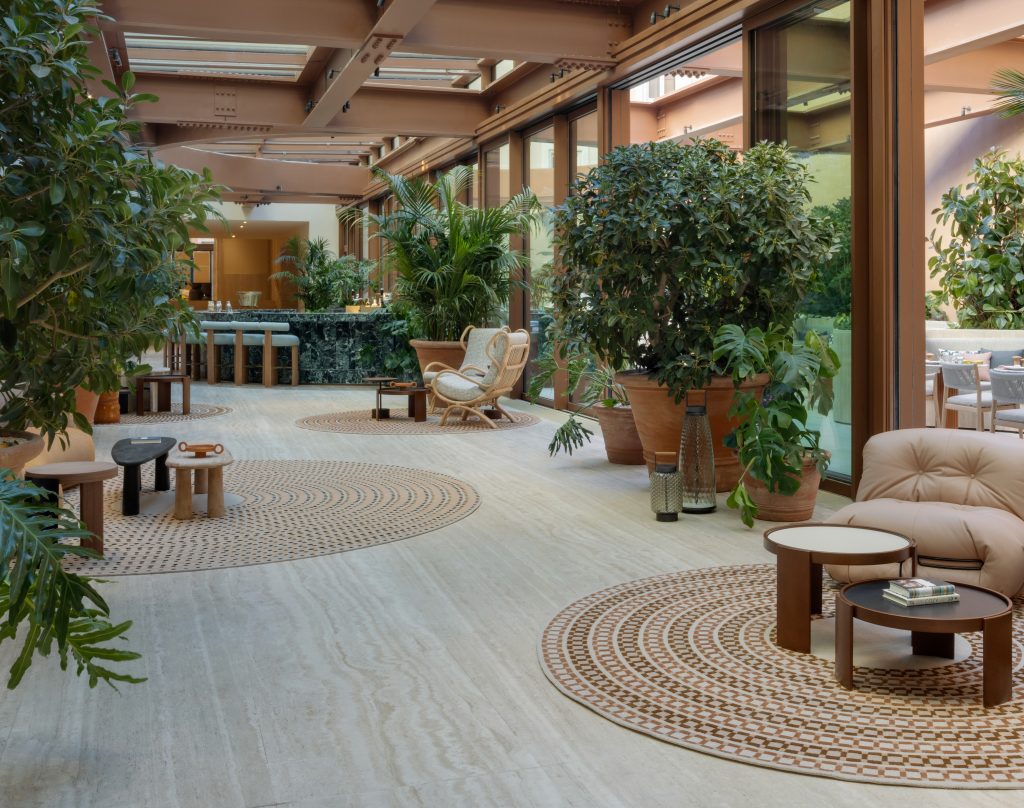
Urquiola’s intervention optimized and connected the spaces but also radically updated the surfaces. Now, the protagonists are the neutral tones of the walls and floors, the vibrant colors of art and design objects, accompanied by natural light and lots of vegetation. We notice how carefully she chose natural wood and raw fabrics in the rooms, walls in “opus signum” (an ancient technique dating back to Roman antiquity), lots of curved surfaces and upholstery everywhere. Silence and serenity are the hallmarks of everything that happens in these spaces. The result is a luxury that is perceived but not overt. This informs the rooftop, a magnificent terrace with the best views of Rome, where guests are surrounded by herbs that will be used in the restaurant and cocktail bar.
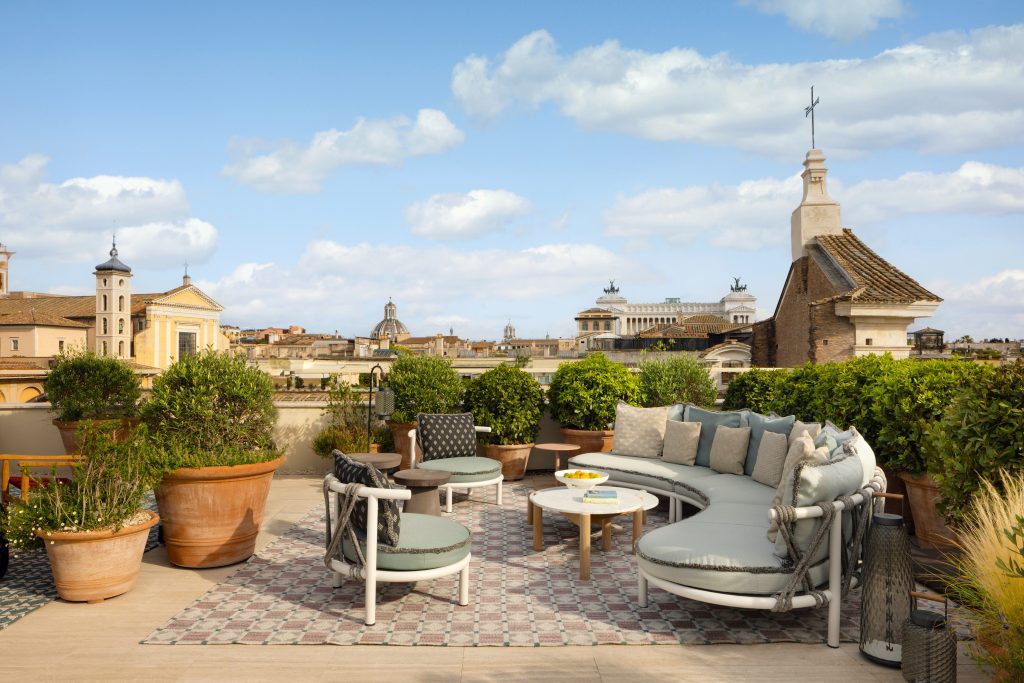
The Six Senses Rome also includes a sophisticated beauty center and a spa open to hotel guests and outside visitors. They organize evenings of relaxation and wellness, as well as yoga and meditation classes, updating the ancient Roman tradition of “salus per aquam” with contemporary technology such as biohacking. In Urquiola’s words, “We wanted a spa with an immaculate architectural note. They wanted to give the water a stark continuity, especially transitioning from hot to cold areas. When you enter this space, in the first room there are herbs in a kind of small laboratory called Alchemy Bar. Then you go down to the wet part, where you get in touch with nature. That’s why we wanted to sculpt the surfaces with laurel leaves, starting from the myth of Apollo and Daphne. The walls of the wellness center are made of concrete with inserts of real laurel leaves, which have thus left their indelible mark.”
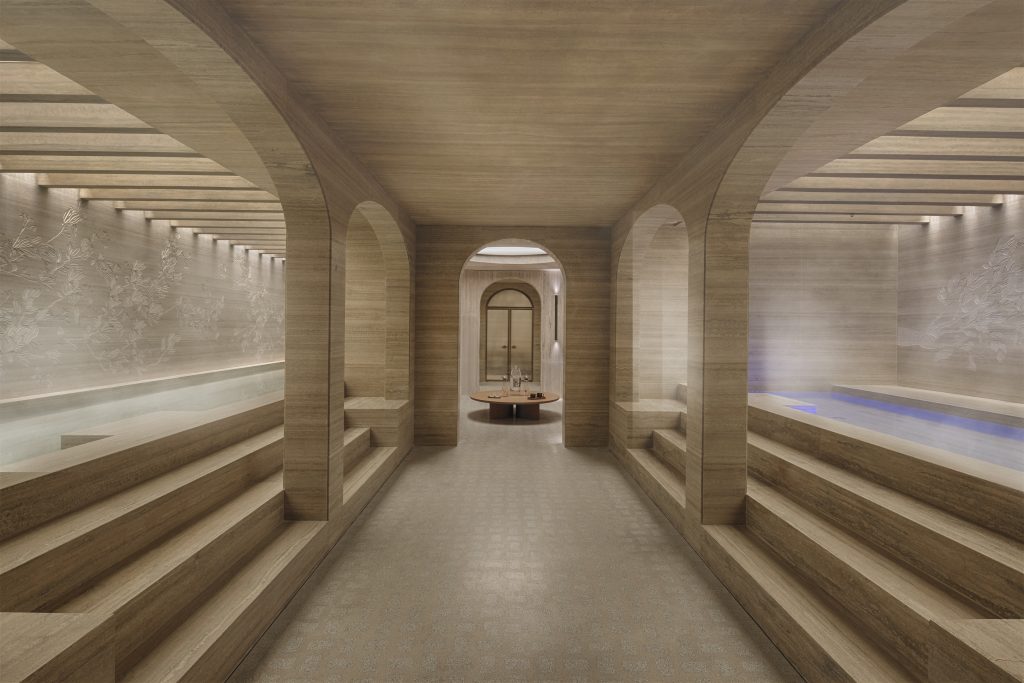
Urquiola’s love of experimentation is also expressed through new ideas of luxury. “With Six Senses, it was possible to experiment with creating a new sense of quality, which goes beyond the concept of luxury,” she says. “The idea of an urban resort is meant to give a wellness service, which actually comes before exclusivity. We put quality and inclusiveness at the center because we want the spa to be for the city of Rome, not just the hotel.”
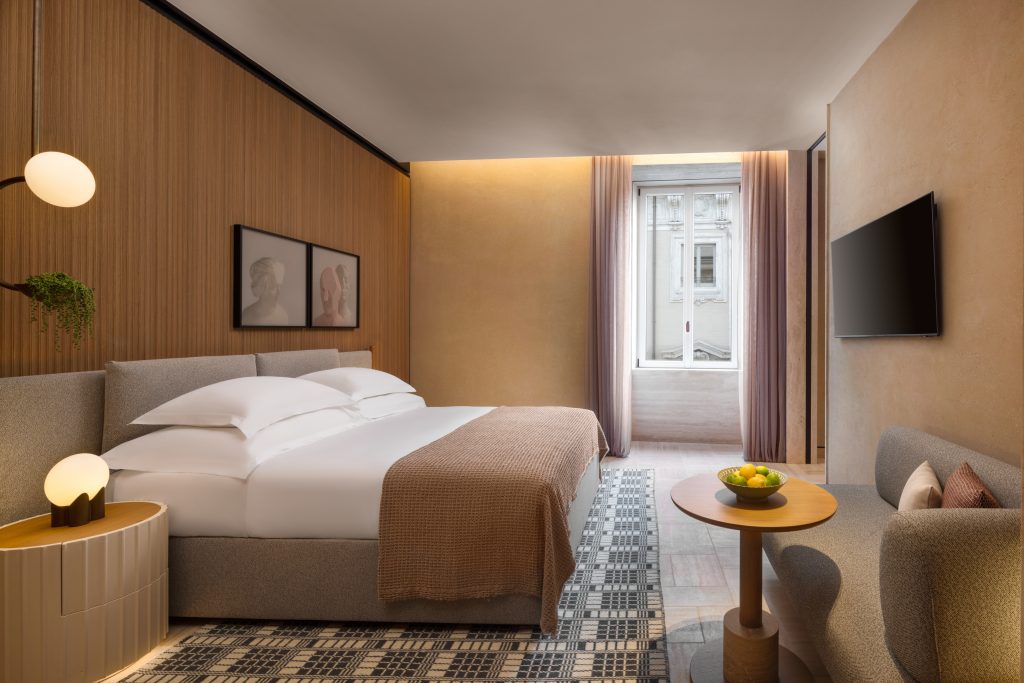
Altogether, it is a new experience for Rome—one of well-being and relaxation. “Another thing that is very important to me is that the hotel has to be a happy place, not a domestic space,” Urquiola adds. “You see that in the 96 rooms and suites. We took out everything that was not essential and left a lot of voids. We want a more thought-out, more adult, almost disguised luxury that speaks of the highest quality.”



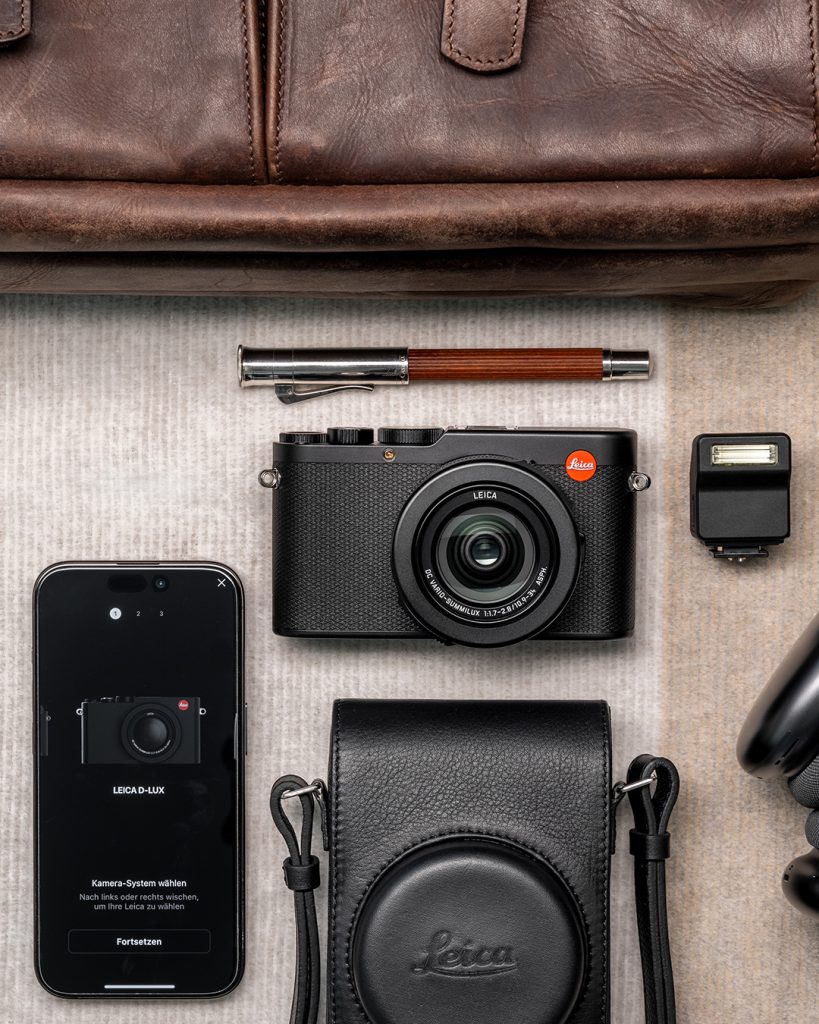
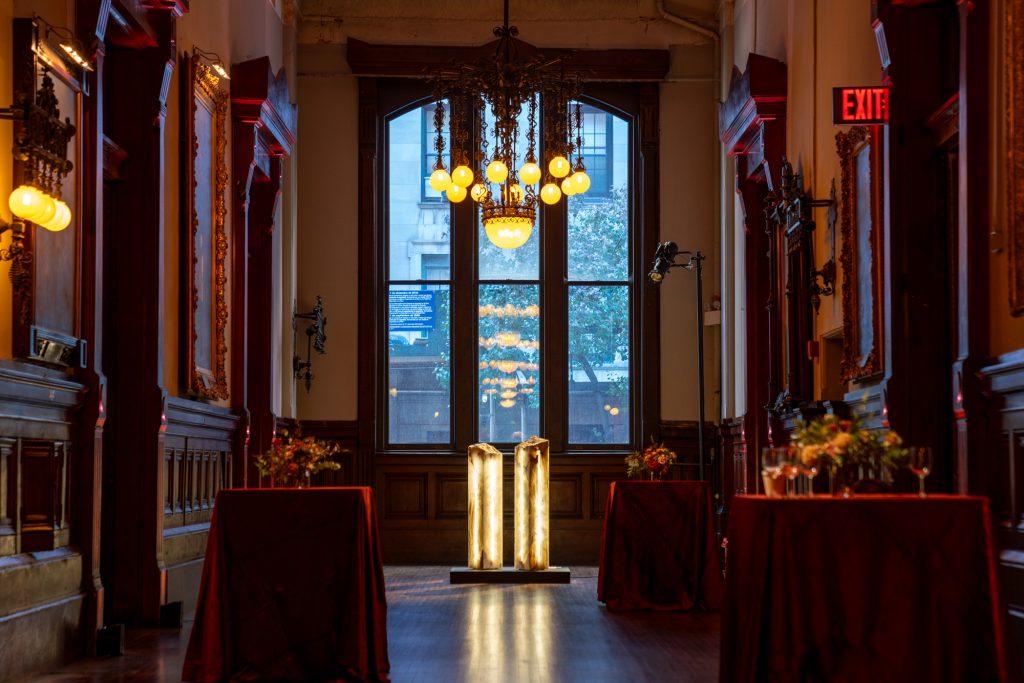

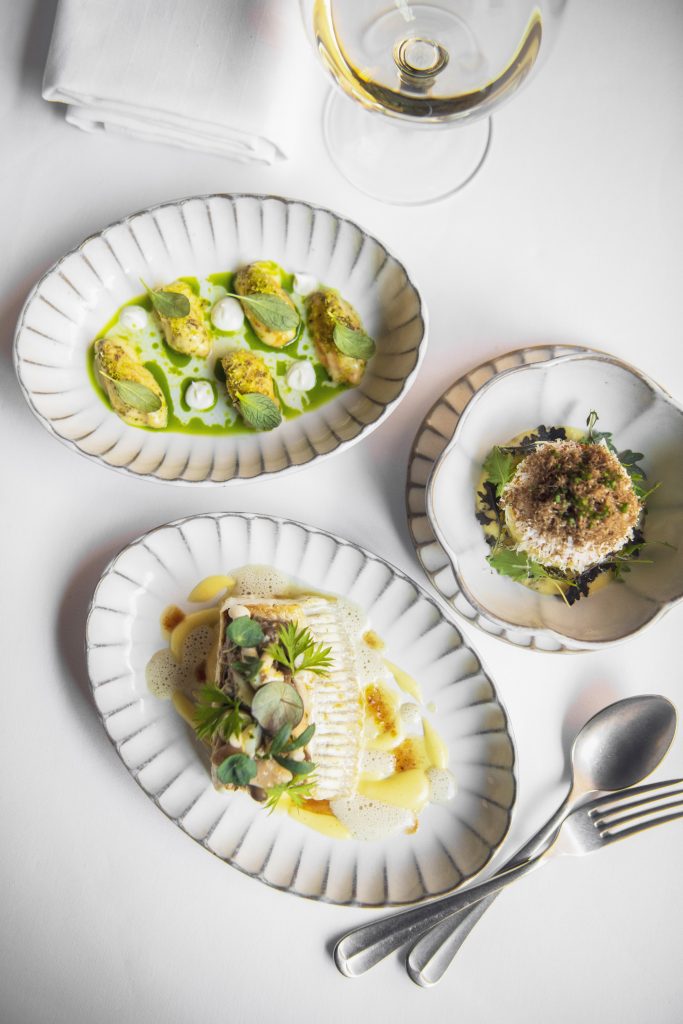


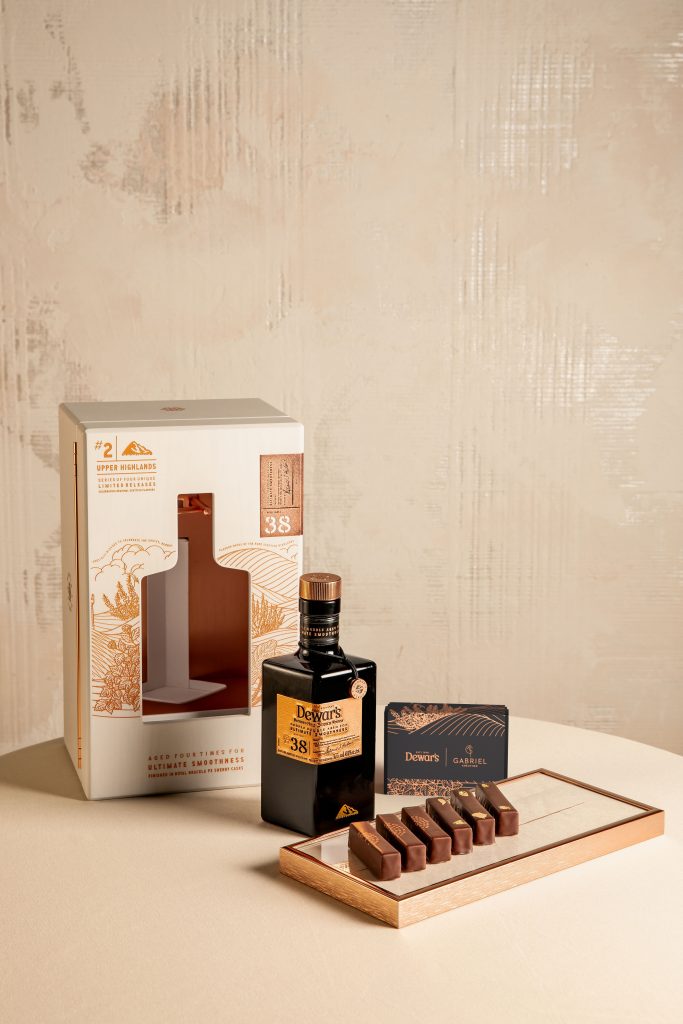
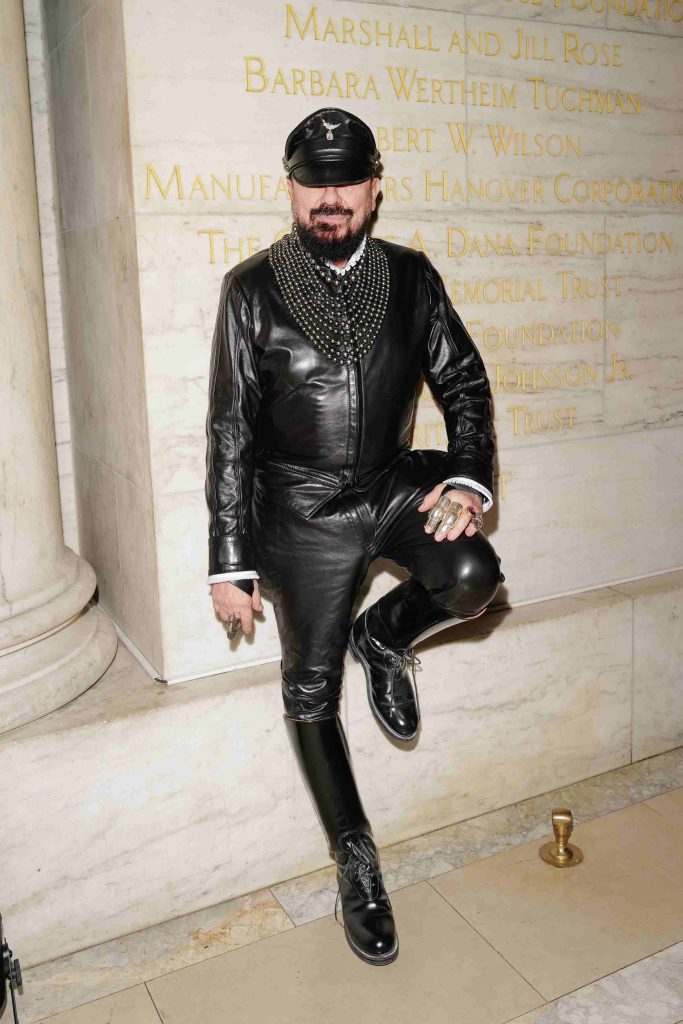


What are your thoughts?